Space

Educators and Parents, Sign Up for The Cheat Sheet
Weekly updates to help you use Science News Explores in the learning environment
Thank you for signing up!
There was a problem signing you up.
-
 Space
SpaceBlack hole mega-burp was truly explosive
Long, long ago, in a galaxy far, far away, a black hole blasted out 100 billion times as much energy as our sun ever will. One word for that: Wow!
-
 Space
SpaceScientists Say: Light-year
This is the distance light travels in one year — about 9.48 trillion kilometers. Light-years are used to measure vast distances, like those in space.
-
 Earth
EarthWeight lifting is this planetary scientist’s pastime
Beck Strauss uses magnetic fields to explore the makeup of Earth and other planets.
By Bryn Nelson -
 Space
SpaceScientists Say: Gas giant
These gargantuan planets, such as Jupiter and Saturn, are mostly made up of hydrogen and helium gas.
-
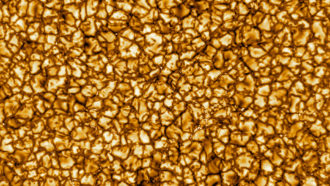 Space
SpaceSee the sun in dazzling detail
These images show the sun as it has never been seen before. They come from the new Daniel K. Inouye Solar Telescope.
-
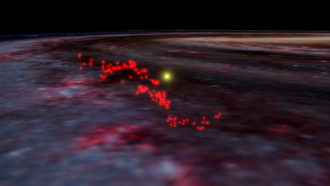 Space
SpaceOur sun is neighbor to a giant wave of gas
The Earth and sun sit relatively close to a newfound thread of star-forming gas. That gas is being called the Radcliffe Wave.
-
 Space
SpaceThis ‘Sombrero’ stole a big galaxy
The Sombrero Galaxy is an odd spiral galaxy that outshines all others within 35 million light-years of Earth. Its bright, iron-rich halo suggests it consumed one or more large galaxies.
By Ken Croswell -
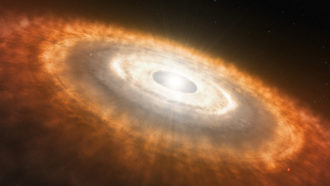 Planets
PlanetsGlass beads help scientists puzzle out how baby planets grow
Researchers have mimicked the first stages of planet formation in the lab. All they needed were glass beads and a catapult.
-
 Space
SpaceNASA’s Parker probe spots rogue waves and magnetic islands on the sun
The Parker probe’s first data is giving scientists a look at what’s to come as the craft moves closer to the sun over the next few years.
-
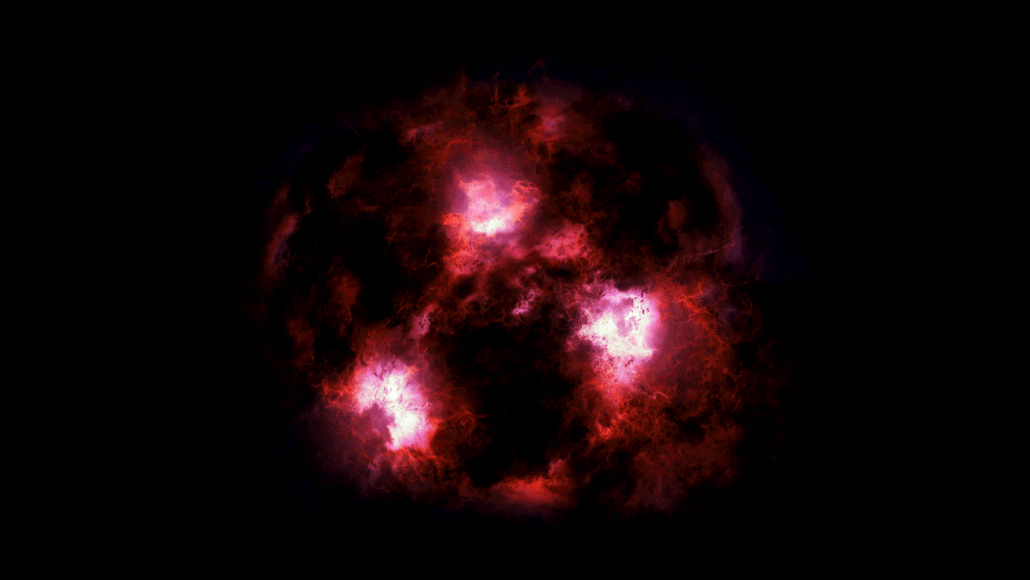 Space
SpaceDust-shrouded monster is a snapshot from the early universe
Scientists have spotted a massive galaxy from the early universe shrouded in dust. It turned up in a small survey by the ALMA radio telescopes in Chile.
-
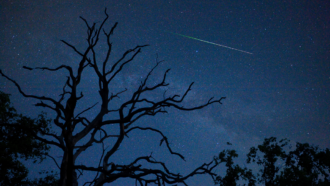 Space
SpaceExplainer: Understanding meteors and meteor showers
Meteors regularly enter Earth’s atmosphere. Most ‘shooting stars’ pose few risks to life on the ground, but the rare big ones can be lethal.
-
 Physics
PhysicsMagnetic fields may supercharge the sun’s release of heat
Astronomers have linked flame-like tendrils rising from the sun to changes in its magnetic fields. This may be one step toward understanding why the sun’s corona is so very, very hot.